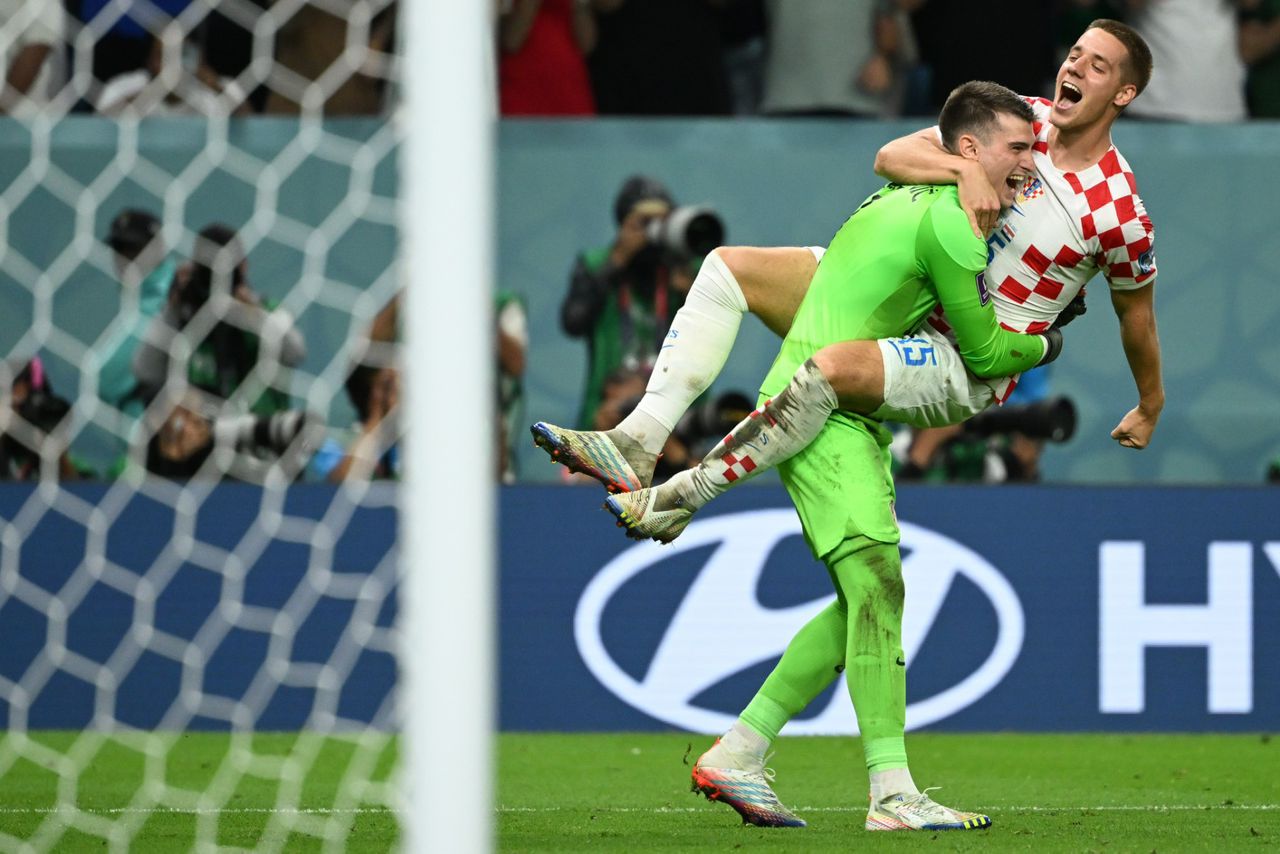NOW at the knockout stages of Qatar World Cup, if there’re deadlock ties after extra-time, matches are decided with a penalty shootout.
It’s called kicks from the penalty-mark which is different from penalty-kicks during a match, lasting 90 minutes.
When it comes to this, it’s nerve-wrecking for sure as your heart is in your throat, the bottom has dropped out of your stomach!
At the knockout matches, if a game in the knock-out stages has an equal number of goals scored after 90 minutes of play, an additional 30 minutes is played, with the teams switching ends during a short break after 15 minutes. If, at the end of this extra time, the scores remain even, a penalty shootout is held.
BIGGEST HERO
The biggest hero so far at this World Cup is Croatian goalkeeper Dominik Livakovic, who saved three spot-kicks as Croatia beat Japan 3-1 in a penalty shootout to reach the World Cup quarterfinals for the third time after an enthralling 120-minute contest finished deadlocked at1-1 on Monday.
Takumi Minamino, Kaoru Mitoma and Maya Yoshida were all denied by Livakovic before Mario Pasalic coolly sent Japan goalkeeper Shuichi Gonda the wrong way.
Award-winning Singapore coach Jita Singh, now in Doha, said: “It sounds a little cruel on paper but it’s better than tossing a coin to decide the outcome. I reckon for a team game, it’s the ultimate duel with victory or defeat riding on a single boot or glove.”
PENALTY – THRILLER IN KICKS
If you need to know, courtesy of 38 saves, Samir Handanovic is the goalkeeper with the most saves in the 21st century. Surprisingly, the Slovenian can extend his lead further as he is six years younger than his closest challenger.
The penalty shootout format was only adopted in 1970 and did not reach the World Cup until the semi-final of Spain 1982 when West Germany knocked out France 5-4.
How does the penalty shoouout work?
First, the referee flips a coin to decide which goal will be used. Then, there is a second coin flip to determine which team will go first.
Each team takes turns taking five kicks from the penalty-spot that have to be kicked by different players. These are direct free kicks between the kicker and goalie alone, taken from the penalty mark, in a best-of-five kicks scenario. In other words, as soon as one team has an insurmountable lead, the penalty shootout ends.
If, after five rounds, no one is in the lead, the penalty shootout goes into sudden death and the first team to score wins.
Please note that penalty kicks are an integral, high-pressure, part of the game. Not only do they keep it fair and safe for everyone involved, but they also can reward teams with game-changing opportunities.
I agree that it’s thrilling, sometimes it’s devastating, it creates heroes of saviour goalkeepers and villains of strikers who miss. These are split seconds that define entire careers.
This is perhaps the real cracking beauty of football!
* Suresh Nair is an award-winning sports journalist who is also a qualified international coach and international referee instructor.
Here are more stories related to the FIFA World Cup.

